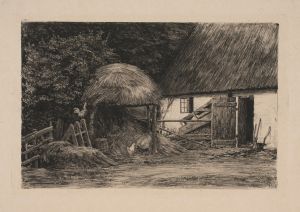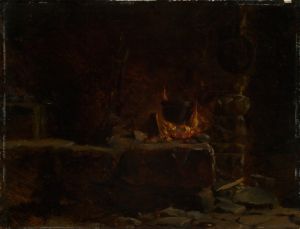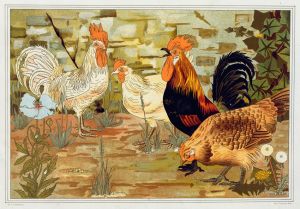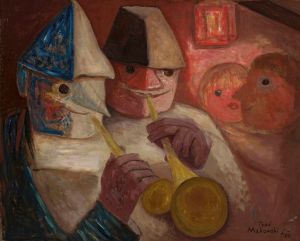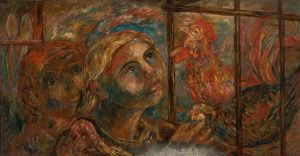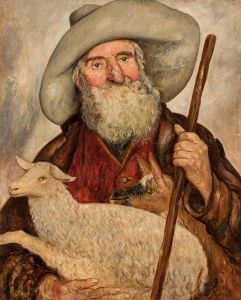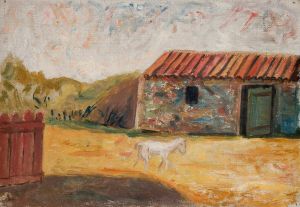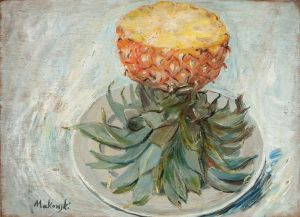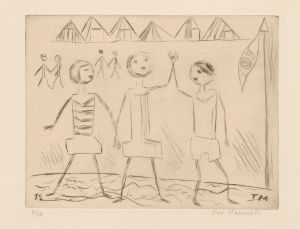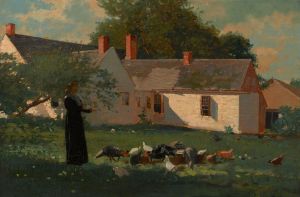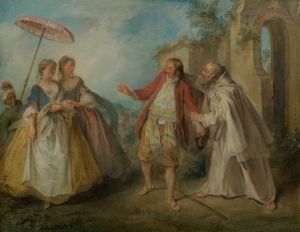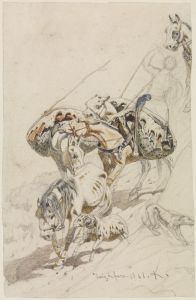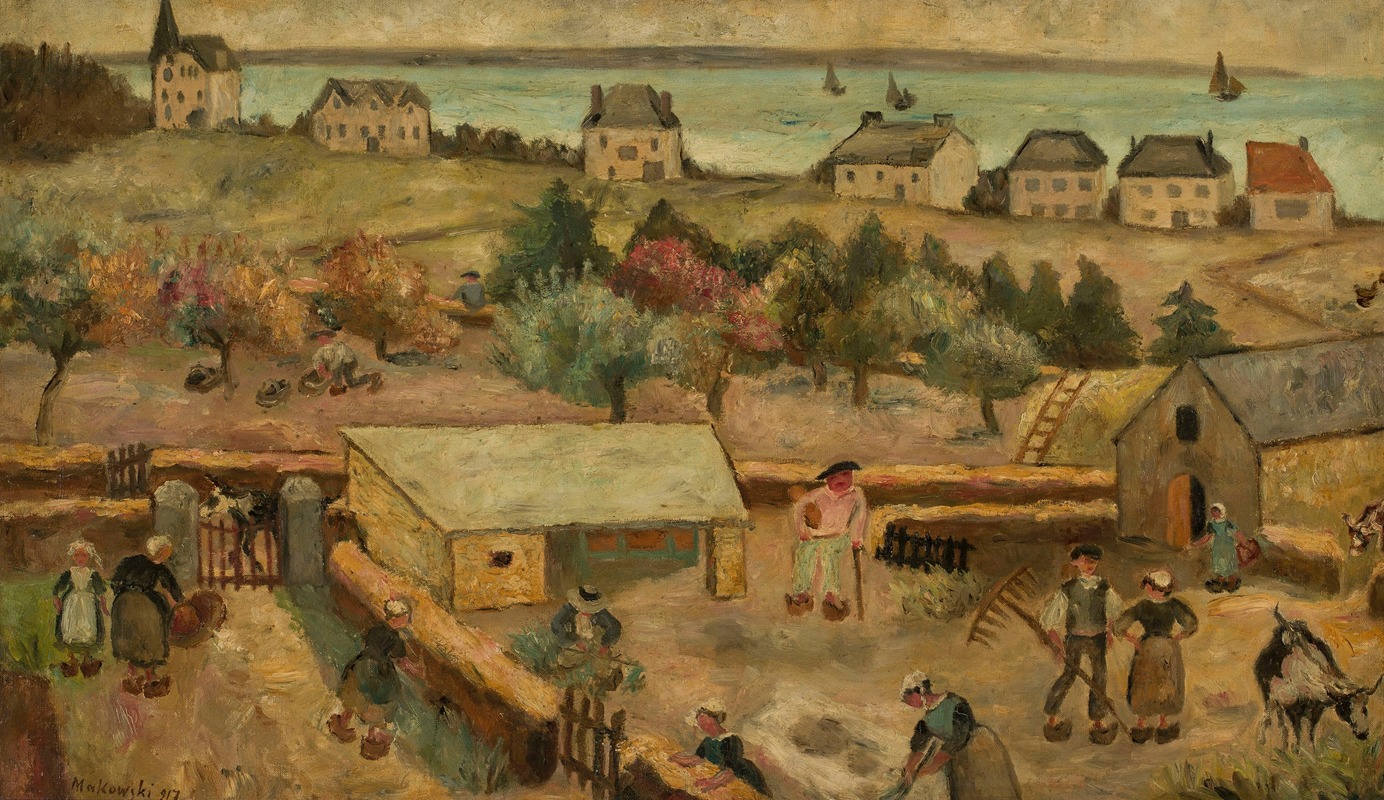
Farmhouse in Keranquernat
A hand-painted replica of Tadeusz Makowski’s masterpiece Farmhouse in Keranquernat, meticulously crafted by professional artists to capture the true essence of the original. Each piece is created with museum-quality canvas and rare mineral pigments, carefully painted by experienced artists with delicate brushstrokes and rich, layered colors to perfectly recreate the texture of the original artwork. Unlike machine-printed reproductions, this hand-painted version brings the painting to life, infused with the artist’s emotions and skill in every stroke. Whether for personal collection or home decoration, it instantly elevates the artistic atmosphere of any space.
Tadeusz Makowski (1882–1932) was a Polish painter associated with the École de Paris, known for his distinctive style that combined elements of Cubism with a personal, lyrical approach to form and color. His works often depicted rural landscapes, everyday scenes, and figures, reflecting his interest in simplicity and the charm of the natural world.
"Farmhouse in Keranquernat" is one of Makowski's paintings, created during his time in France. Makowski spent much of his artistic career in France, where he was influenced by the modernist movements of the early 20th century, particularly Cubism. However, he developed a unique style that blended these influences with his own sensibilities, often focusing on rural and pastoral themes.
The painting "Farmhouse in Keranquernat" portrays a rural farmhouse, likely located in the Brittany region of France, where Makowski spent time and found inspiration for many of his works. The composition reflects his characteristic use of geometric forms and muted, earthy tones, which lend the scene a sense of harmony and timelessness. The farmhouse is depicted with simplified shapes and a balanced structure, emphasizing the quiet beauty of the countryside.
Makowski's work often conveys a sense of nostalgia and intimacy, and "Farmhouse in Keranquernat" is no exception. The painting captures the essence of rural life, focusing on the architectural and environmental details of the farmhouse. While the exact date of the painting is not widely documented, it is consistent with Makowski's style during the 1920s and early 1930s, a period when he frequently explored themes of rural life and village scenes.
As with many of Makowski's works, "Farmhouse in Keranquernat" reflects his ability to merge modernist techniques with a deep appreciation for traditional and pastoral subjects. The painting exemplifies his skill in creating compositions that are both structured and evocative, offering viewers a glimpse into the serene and unpretentious beauty of rural France.
Further details about the painting, such as its current location or provenance, are not widely available in public records. However, it remains an important example of Makowski's artistic legacy and his contribution to early 20th-century European art.





